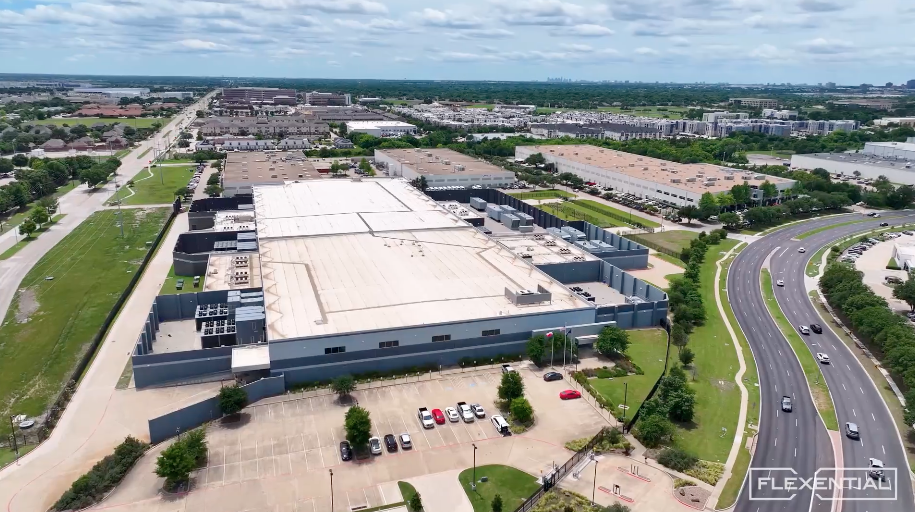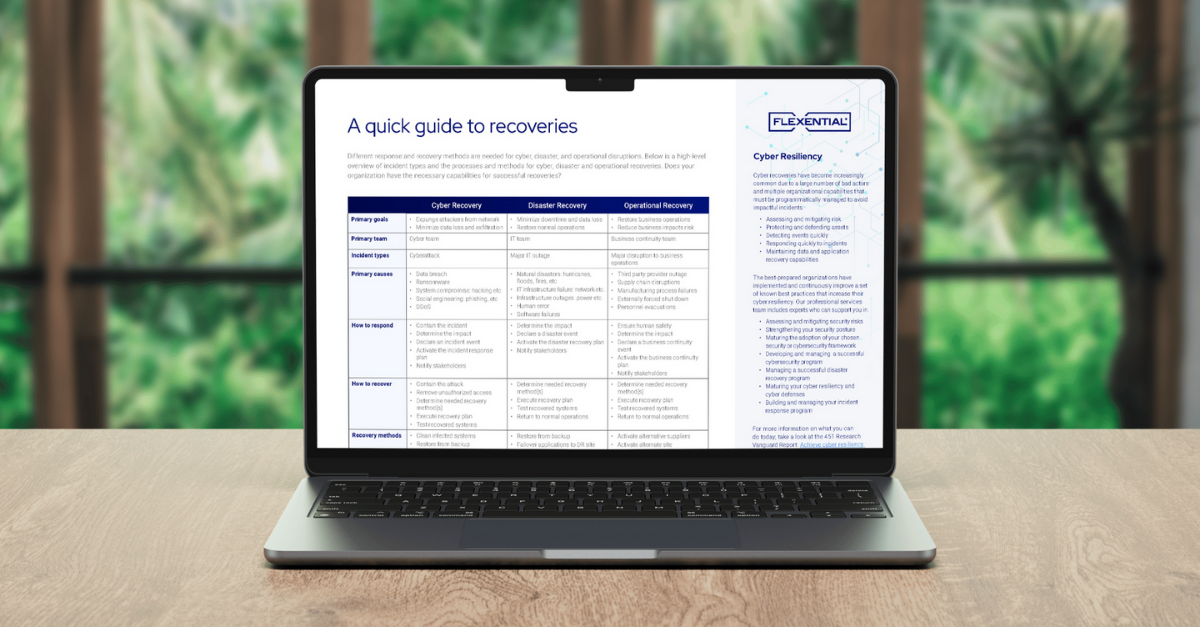Disaster recovery planning is critical in healthcare
Disaster recovery planning is crucial for healthcare organizations. In an industry where every second counts, the consequences of unplanned downtime can be dire, not only financially but also in terms of patient safety. Despite its high-risk profile throughout healthcare, DR is often the last line item on healthcare IT budgets. Updated statistics, real-life examples, and best practices highlight the importance of having a robust disaster recovery (DR) plan in place.

The high cost of downtime
According to recent studies, unplanned downtime can cost healthcare organizations an average of $8,662 per minute, a significant increase from previous years (MedCity News) (Medhost). This staggering cost underscores the importance of proactive disaster recovery in healthcare to mitigate financial losses and protect patient lives.
Real-life impacts
When electronic health record (EHR) systems go offline, it can paralyze an entire institution. Caregivers are unable to access vital patient information, causing delays and increasing the risk of medical errors. As one VP of IT at a New Jersey hospital system stated, "If infrastructure goes down, you paralyze an institution. You need it to be redundant from a power and data standpoint."
Factors driving the need for strong DR practices
Several factors contribute to the increasing need for strong disaster recovery practices in healthcare:
- Increased reliance on electronic data: The shift towards electronic data and medical imaging/EHRs has led to an unprecedented amount of data that needs to be protected.
- Real-time access: Healthcare providers require real-time access to data across various care sites, complicating storage, recovery, and security.
- Mobile access: Clinicians demand mobile, always-available patient system access.
Without a robust disaster recovery plan, healthcare organizations face significant financial costs, potential damage to their reputation, and the risk of exposing sensitive patient data.
The HIPAA factor
HIPAA mandates that healthcare organizations have a disaster recovery plan and conduct regular risk assessments to identify potential threats to data confidentiality and availability. However, compliance alone does not equate to a robust DR practice. Section 164.308 requires data backup, DR, and emergency-mode operations planning, yet so many healthcare organizations only have basic DR protocols. It is essential to go beyond basic compliance to ensure comprehensive protection and rapid recovery in case of a disaster.
HIPAA requirements:
- HIPAA-covered entities must have a contingency plan in place to ensure continued access to ePHI
- DR requirements include DR, ePHI, data backup, and emergency mode operation plans
- Organizations must explain how sensitive healthcare data is moved without violating HIPAA privacy and security requirements
However, simple compliance does not equal a healthy DR practice. Taking full measures to develop a DR plan that will effectively address the top risks and ensure recovery in the event of a disaster requires protective measures beyond solely meeting HIPAA mandates.
Importance of regular testing
Regular testing of disaster recovery plans is crucial to identify vulnerabilities and ensure efficacy. Contrary to prescribed best practices, our past studies have revealed that most healthcare organizations test their DR plans less than once annually. Regular testing is essential to ensure that disaster recovery plans work effectively during a catastrophe.
Without regular testing, there is no way to know for sure that your DR plan will work in the event of a catastrophe. If it doesn't work properly, when a catastrophic event happens, the organization is in the same position as if it had no DR plan at all. Frequent testing allows healthcare organizations to identify what doesn't work and how to change it. The more time that passes between DR tests, the greater the risks. Learn more about disaster recovery testing here.
A strong DR plan can enable compliance
New technologies have enhanced care delivery and the overall patient experience, streamlined operations, and more, but they also open the door to the potential for more cyberattacks and lost or stolen data. Healthcare organizations should insist that their SLAs with a technology provider specify agreed-upon security objectives and outline processes for ensuring compliance. It's not a cure-all, but it can help facilitate more effective data loss prevention.
Confer with experts on HIPAA compliance, including legal and technical counsel. Make sure that your disaster recovery team and your cloud service provider create a DR solution that meets your objectives and will provide longevity.
Success stories
Flexential has helped numerous healthcare organizations enhance their disaster recovery plans. For instance, Floyd Medical Center and Barnes Healthcare Services have successfully implemented Flexential solutions to ensure data protection and business continuity. These organizations have benefited from Flexential expertise in disaster recovery planning and execution, ensuring they are prepared for any IT disaster.
At Flexential, we understand the importance of being prepared for the unexpected. That's why we've created a comprehensive Disaster Recovery Handbook, which focuses on essential strategies and real-world wisdom to help organizations strengthen their defenses against IT disasters.
Conclusion
With the ever-evolving healthcare landscape and increasing reliance on technology, a strong disaster recovery plan is more critical than ever. Ensure your healthcare organization is fully prepared by implementing comprehensive disaster recovery practices and conducting regular tests.
If your healthcare organization hasn't visited your DR plan lately, now is the time. Contact us today to review or improve your DR plan.







